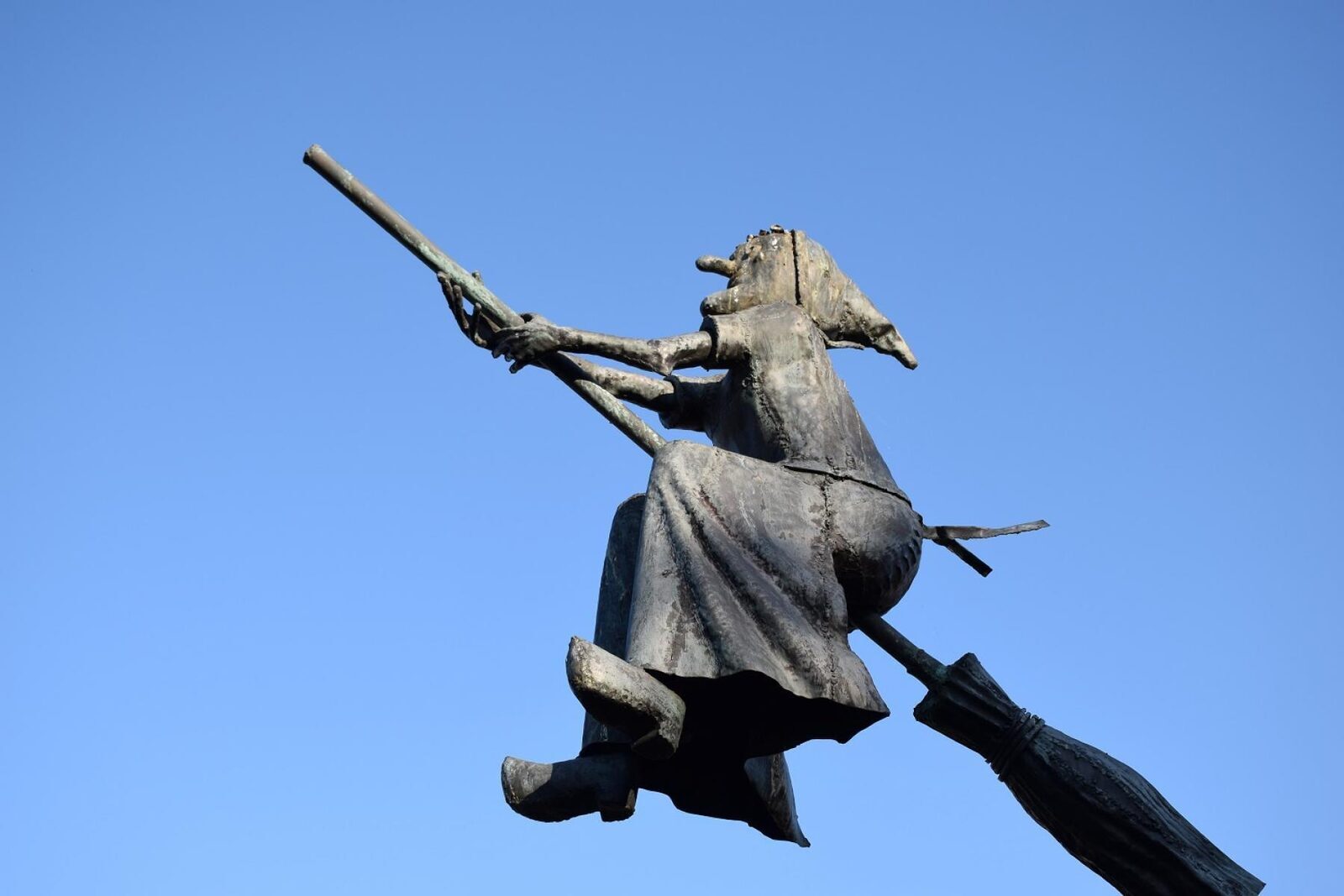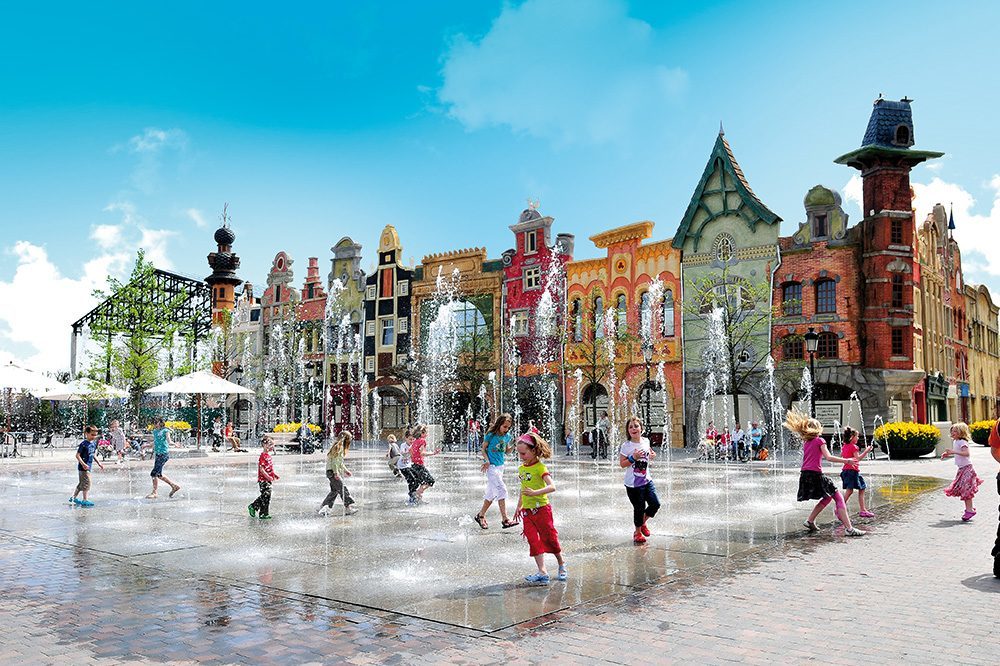
The story of Jeanne Panne
Jeanne Panne, born as Jeanne de Deyster, was the daughter of Jan de Deyster and Cathelijne Goossen. Jan de Deyster was suspected of witchcraft in the polder village Sint-Joris, a subdivision of Nieuwpoort.
In 1617 Jeanne de Deyster married Jan Panne, a baker in the Sinte-Mariestraat, which is the current Recollettenstraat. Of the 11 children Jeanne brought into the world, 10 died a natural death. Only Joorkin was spared.
Jeanne was not illiterate. She was an intelligent woman who even dared to evade the tax on wheat.
Her husband died when Jeanne was in her early fifties. Nor had Mother Nature spoiled Jeanne. She had birthmarks, pus and a red round spot under her right eyebrow.
Jeanne de Deyster was accused as a witch by Jan Jacobs and the mother of Ryckewaert Schroo. Both Ryckewaert Schroo and Jan Jacobs' daughter died after visiting Jeanne.
On 10 May 1650, after her arrest, she was referred to the rack by the mayor and aldermen. Before she was placed in the collar, she was examined. A round spot under her right eyebrow was discovered. This turned out to be insensitive to pin pricks, so it was assumed that Jeanne had the 'stigma diabolicum', or the devil's sign. This meant that Jeanne would have made a pact with the devil. She was placed in the collar at 11 o'clock in the evening.
On 14 May 1650, four days after Jeanne was put on the rack, she confessed to the charges. That same day she was sentenced to be burned at the stake.
The sentence was carried out two days later.
On 30 June 2012 Jeanne Panne, just like other victims from Nieuwpoort of the persecution of the witches, was posthumously absolved of any accusation with a commemorative plaque. A sculpture of Jeanne was also placed.
Location
Willem de Roolaan
8620 Nieuwpoort
Plopsaland De Panne
In this theme park on the Belgian coast you step into the wonderful world of Studio 100. Mega Mindy, Bumba and many others are eager to make your day unforgettable!
Nature preserve ‘De IJzermonding’
In this beautiful nature reserve, a unique phenomenon happens.’De IJzer’ is the only Belgian river that flows directly into the North Sea.
Children’s farm ‘De Lenspolder’
In this children’s farm, kids can come into contact with the real farm life. They can discover agricultural products and also process them themselves.
The Rotunda
Whether you’re crazy about architecture or not, you cannot leave Westende without visiting the Grand Hôtel Belle Vue, AKA The Rotunda; thé city’s icon!
Bellewaerde
Looking for a fun activity for the whole family? Bellewaerde is the place to be! It’s not only a themepark but you can also visit a lot of beautiful animals.














